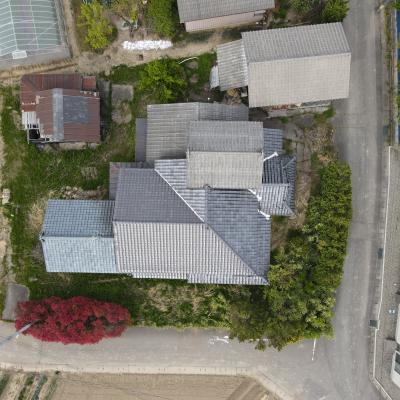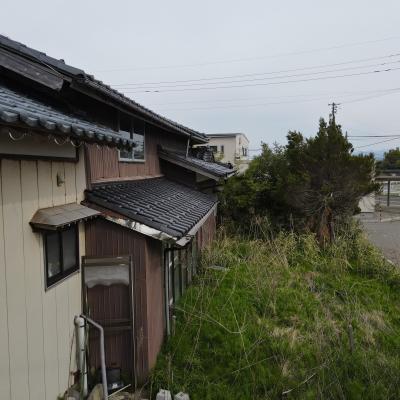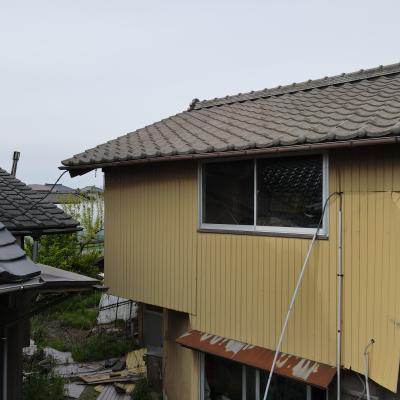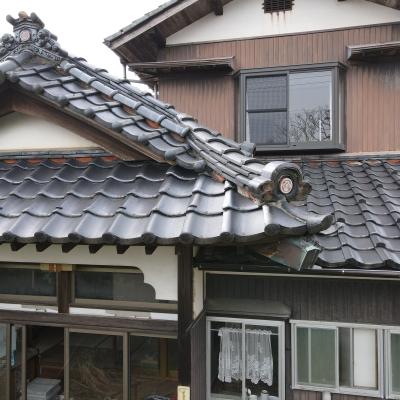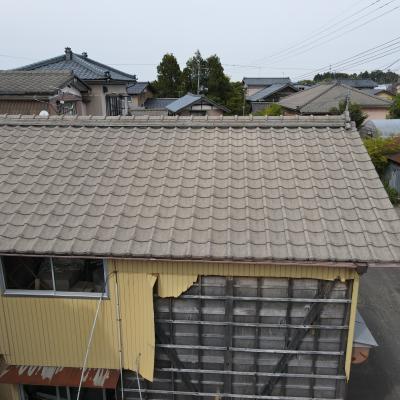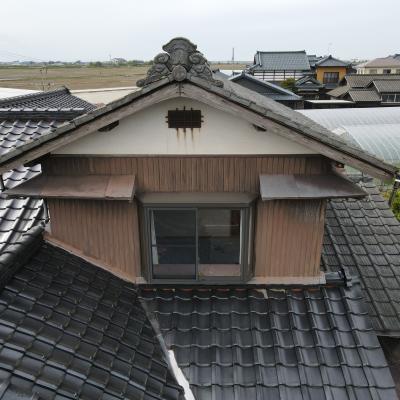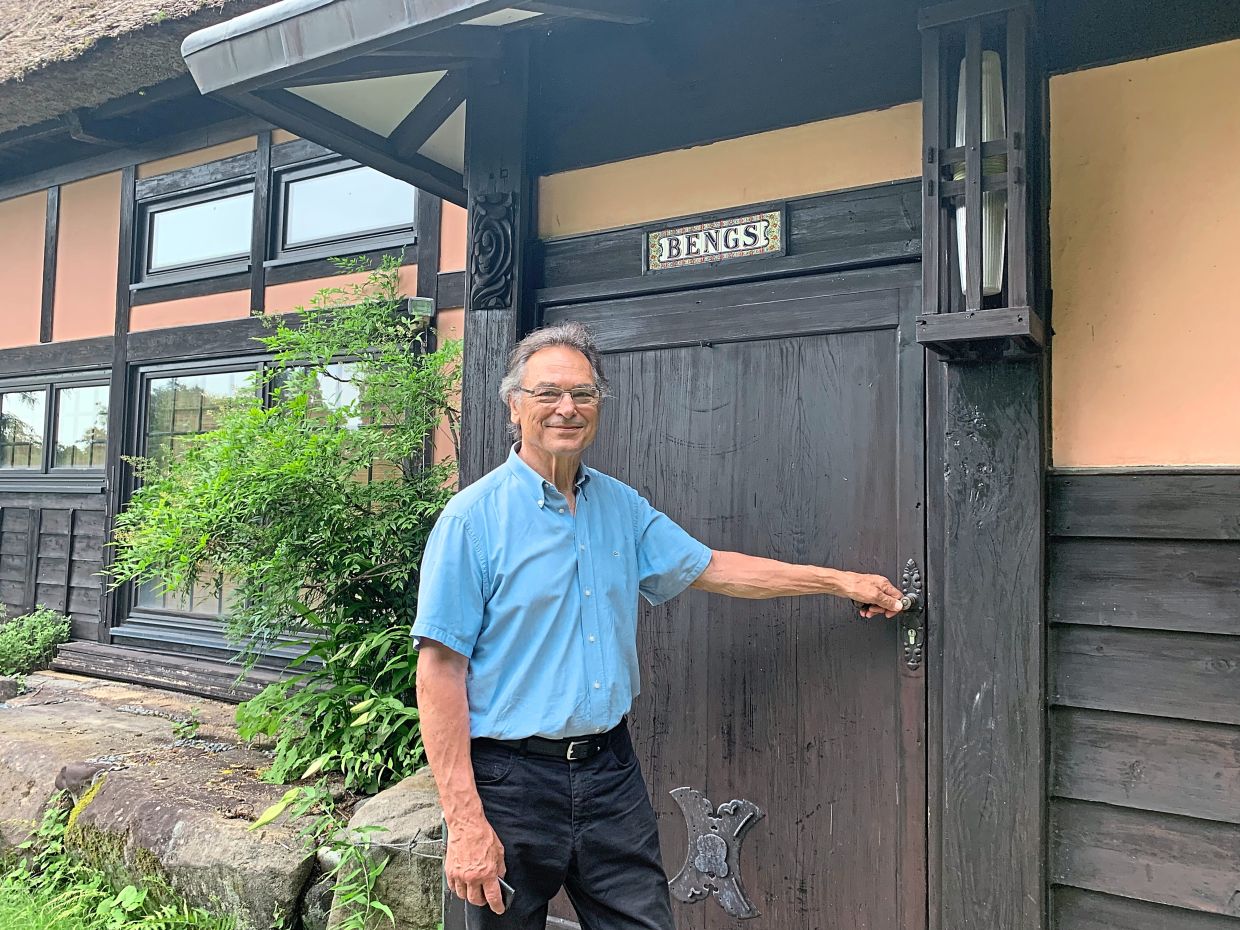
The thatched wooden house lies tucked away in a quiet area between mountains and rice fields.
This and many others, known as kominka, can be recognised by their wooden beams that are hundreds of years old. Built with great technical skill, they have survived, largely forgotten, in rural areas throughout the country, despite having been built with exquisite skill.
Today, few carpenters are capable of building a kominka, "even though the style is unique worldwide", he says.
The traditional Japanese homes are constructed without the use of a single nail or screw. The name derives from "Ko", meaning "old" in Japanese, and "minka" which translates as "country house".
Despite being made almost entirely of wood thanks to "the best carpentry techniques in the world", Bengs says, kominka were largely seen as junk until recently.
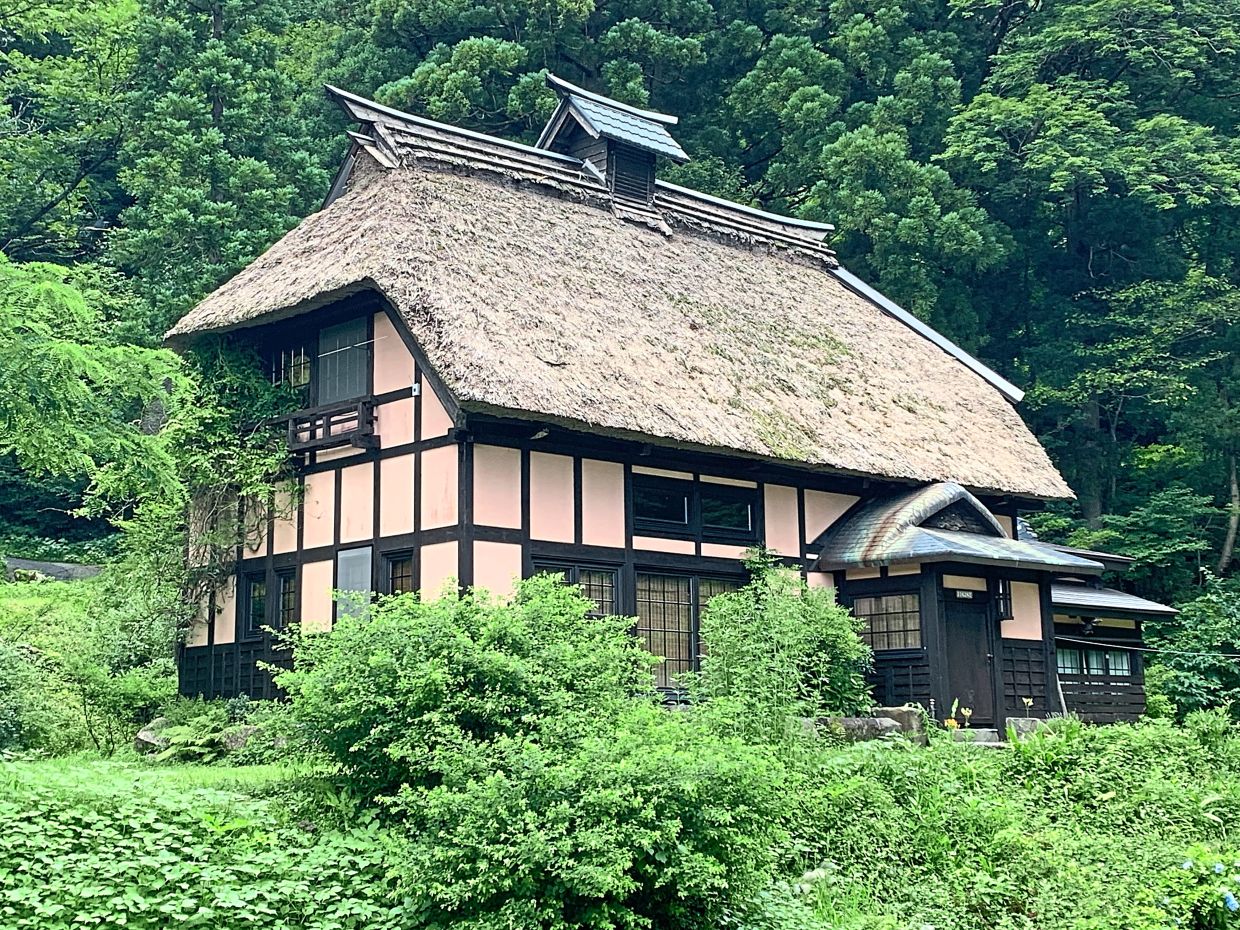
The generations growing up after 1945, a period of rapid economic growth, saw the historic homes as shabby, uncomfortable and uncivilised.
Bengs, 79, spent decades wondering why Japanese people were choosing to live in prefabricated houses, overlooking these unique buildings, he says. He has dedicated himself to fixing up the kominkas, one by one.
Unlike the traditional country houses, prefabricated houses in Japan have a lifespan of 30 years at most, he says. It is not worth renovating them. While they would need to be demolished at that point, many people cannot afford to pull them down, a trend which is leaving its mark on the landscape.
Meanwhile, Japan is undergoing a demographic shift. As society ages rapidly, entire regions are being deserted. The country already has a total of 11 million akiya, as empty houses are known. The number is set to double in the next 10 years. Hundreds of thousands of these abandoned houses are kominka.
But interest in the traditional homes is resurging, Bengs says. He and his wife Christina have been living in the small village of Taketokoro, in Niigata prefecture, a two-hour train ride from Tokyo, since 1993.
They live on the edge of a forest, in a kominka Bengs renovated himself.
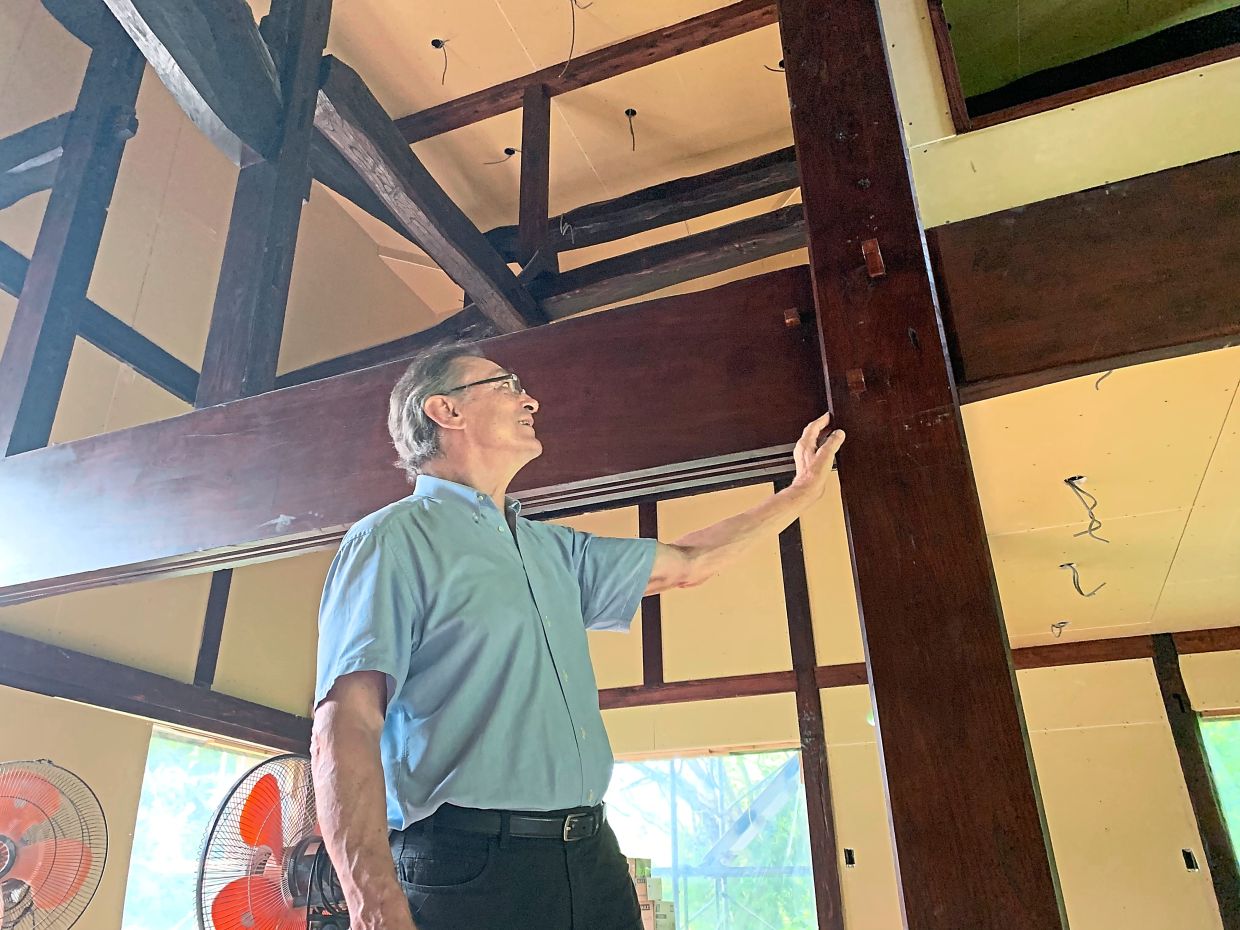
The special structures enable kominka to withstand earthquakes as well as any modern steel and concrete structures, as the interlocking beams can react flexibly to movement, says Bengs.
In Niigata, the wooden frames are also adapted to the enormous amounts of snow typical in the region, while kominka in Kyushu, in south-west Japan, are created to withstand typhoons.
"Every corner practically has its own building culture," Bengs says.Using the original timbers but considering modern building standards, Bengs creates something new that meets today's hunger for comfort, with modern kitchens and bathrooms, air conditioning and even underfloor heating.
Not everything about Bengs' houses is Japanese. The windows and frames, for example, are made in Germany as he likes how well they insulate the homes.
For the roof of a house in his village of Taketokoro, which a business manager from Tokyo bought as a retirement home, he added slate from Germany's Eifel region.
Unfortunately, architecture students do not learn the traditional art of building kominka at the country's universities, Bengs says. That is all the more reason for him to continue drawing attention to the beauty of the craft and the need to preserve the cultural tradition.
Bengs says he even gave one of his craftsmen the idea of using the old building techniques when building new houses with new wood.
"Japan has great potential," says Bengs, who initially came to the country by boat, back in 1966, thinking he would stay for seven years.
He has been a Japan enthusiast ever since, which, alongside his interest in judo and karate, is thanks to his father who collected books about Japan.
Among them was a book by German architect Bruno Taut (1880-1938), who enthuses about Japan's ancient architecture. It is now framed in Bengs' office, which is also a kominka.

